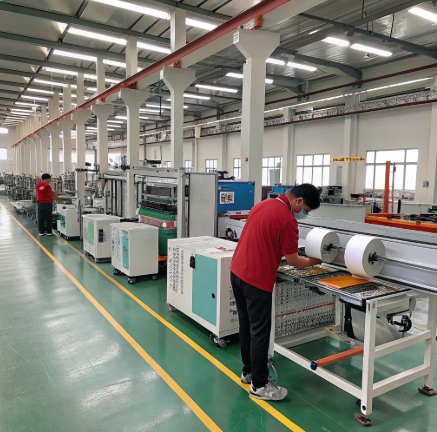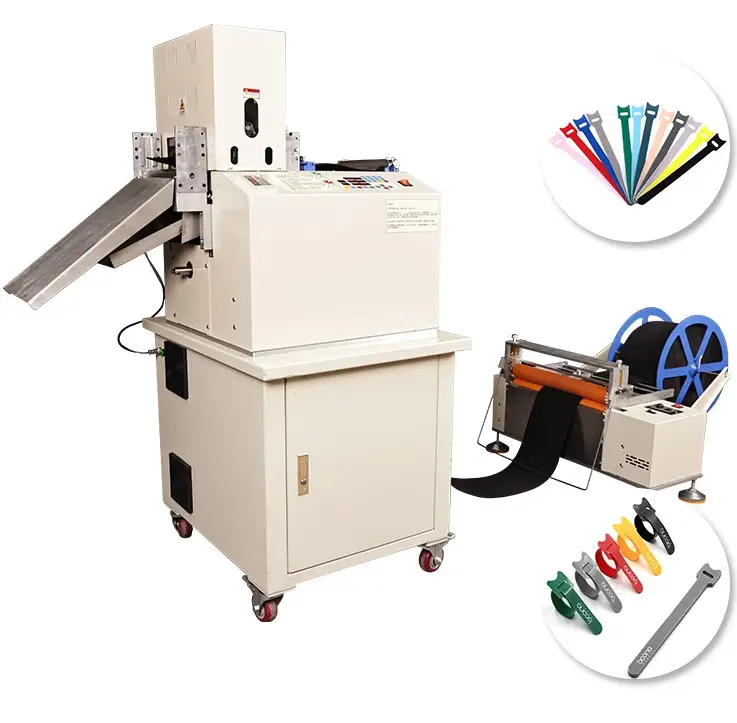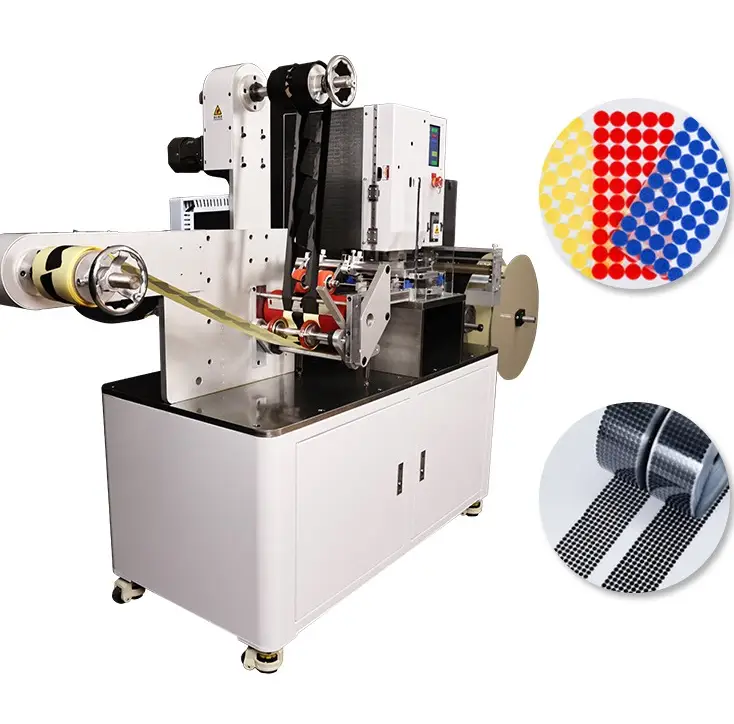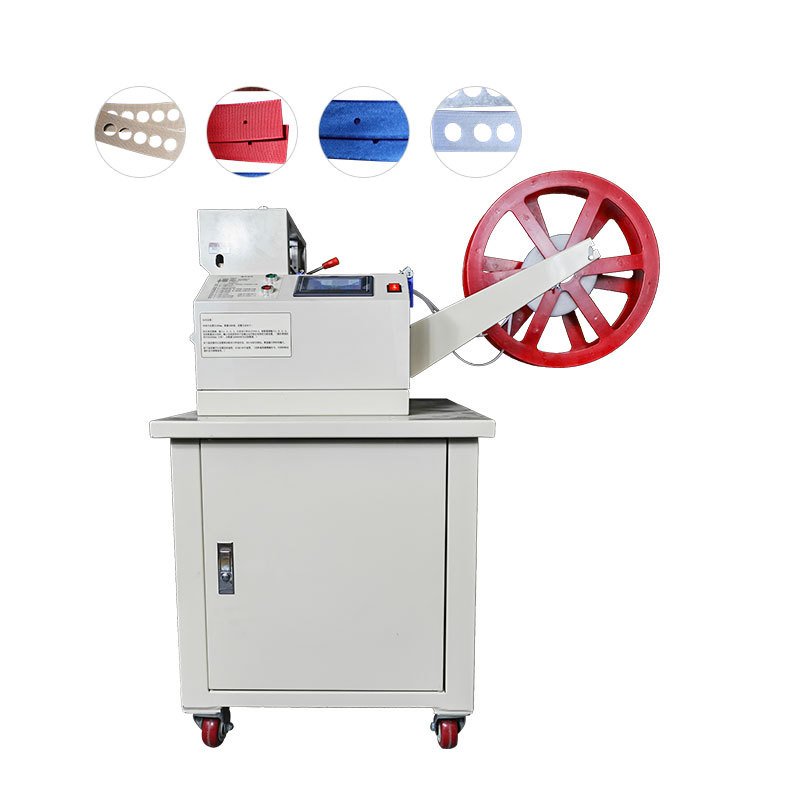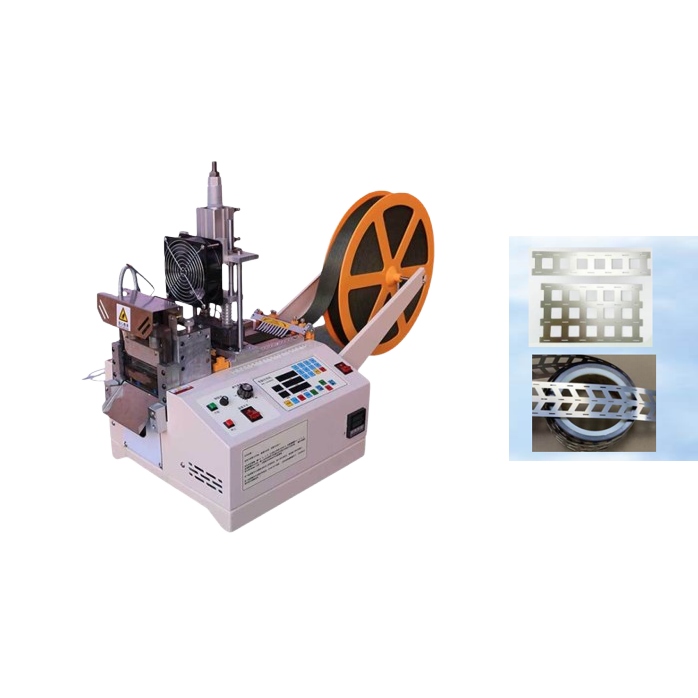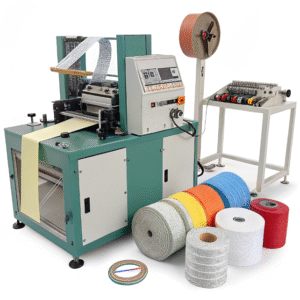What blade and hold-down systems are essential for precision in aluminum foil cutting machines?

Thin foil tears easily and misaligns under pressure. I’ve seen entire batches go bad from poor clamping.
Precision foil cutting needs ultra-sharp blades, low-friction coatings, and strong yet gentle hold-down systems that prevent shifting or wrinkling.
Let’s dive into the components that make accurate aluminum foil cutting possible.
How can tension control improve consistency in aluminum foil cutting operations?
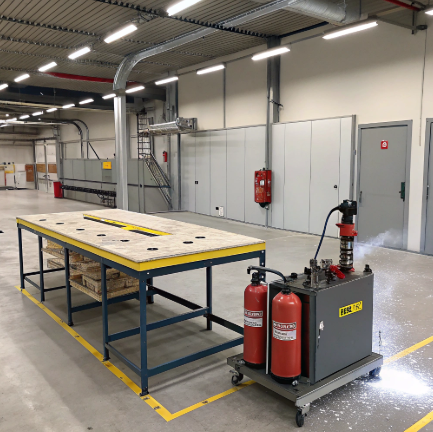
Foil without tension curls, shifts, and tears. I’ve lost rolls due to uncontrolled slack during cutting.
Tension control systems stabilize feed rates, keep foil flat, and allow for clean, uniform cuts—especially on high-speed lines.
This section explains how to implement tension strategies that work.
What blade and hold-down systems are essential for precision in aluminum foil cutting machines?
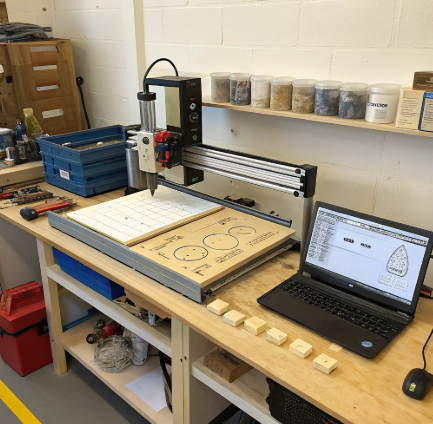
Aluminum foil is unforgiving. Too much pressure wrinkles it. Too little causes slippage.
Precision comes from combining sharp rotary blades with vacuum tables, air flotation, and roller-based clamps that stabilize the foil without creases.
Dive deeper: blade and hold-down tech
1. Blade materials and types
- Carbide blades: Long-lasting and sharp—essential for foil.
- Rotary shears: Create smooth, burr-free cuts.
- Scissor-style blades: For narrow strips or tight tolerances.
2. Blade coatings
- Teflon or ceramic: Reduce sticking, lower drag.
- Prevent buildup from adhesive-laminated foil.
3. Hold-down systems
- Vacuum tables: Create suction under foil to hold it flat without clamps.
- Roller clamps: Apply uniform pressure without edge marks.
- Air flotation systems: Suspend the foil slightly, preventing wrinkles.
4. Blade alignment systems
- Servo-controlled positioning ensures alignment within ±0.1 mm tolerance.
- Prevents skewed cuts, especially important for multi-up rolls.
Feature Table
| Component | Purpose | Precision Benefit |
|---|---|---|
| Carbide rotary blade | Cutting foil | Smooth edge, minimal burrs |
| Teflon-coated blade | Reduce sticking | Cleaner pass-through |
| Vacuum hold-down | Foil stabilization | Prevents shifting or folding |
| Air table | Reduce contact | No wrinkle marks |
| Servo blade alignment | Exact blade placement | High tolerance accuracy |
Example – HAOXINHE
Suzhou Haoxinhe’s Webbing Tape Cutting Machine includes servo-guided carbide rotary blades and air-float foil control. One client in Italy saw a 90% reduction in scrap foil by upgrading to our system.
How can tension control improve consistency in aluminum foil cutting operations?
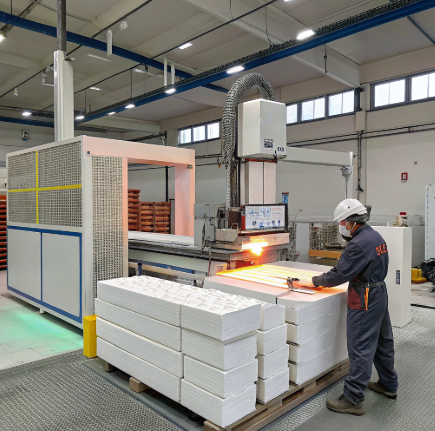
Tension is what holds foil flat and aligned. Without it, edges wander and cuts misfire.
Proper tensioning keeps foil taut from unwinding through to the cutter, ensuring every sheet or strip aligns and finishes clean.
Dive deeper: tension control best practices
1. Load cell feedback systems
- Measure real-time tension between unwind and cutter.
- Feed this data into motor controls to keep tension constant.
2. Dancer rollers
- Adjust roller position based on tension feedback.
- Ideal for absorbing fluctuations in reel diameter or material inconsistencies.
3. Servo unwind drives
- Maintain precise unwind speed to avoid tension spikes or dips.
4. Braked unwind stands
- Apply controlled resistance to keep foil under light drag.
5. Edge guiding systems
- Use optical or ultrasonic sensors to maintain web alignment.
- Prevents foil drift during long runs.
6. Pre-tension calibration
- Use test strips to find the “no wrinkle, no sag” tension setting before production begins.
Table: Tension Control Tools
| System Type | Role in Consistency | Ideal For |
|---|---|---|
| Load cell controller | Adjusts force dynamically | Long runs, variable substrates |
| Dancer roller | Buffers sudden speed changes | Mid-speed foil applications |
| Servo-driven unwind | Matches cutter feed perfectly | High-speed operations |
| Web edge sensor | Maintains lateral alignment | Narrow-width foil cuts |
Real Example
One client used our Automatic Punching Cutting Machine with a dancer roller and servo unwind. Before: 7% edge scrap. After: 0.8%—an 88% reduction in edge defects.
Conclusion

Precision in foil cutting depends on sharp blades, stable hold-downs, and smooth, tension-controlled feeding.
Insight: What blade and hold-down systems are essential for precision in aluminum foil cutting machines?
In the aluminum foil converting industry, precision isn’t a luxury—it’s a cost-saving imperative. Having worked with manufacturers running 24/7 lines, I’ve seen how a single misaligned blade or poor hold-down mechanism can ruin kilometers of material. The most successful setups integrate carbide rotary blades not only for their sharpness but because they retain edge integrity after hundreds of meters. But blades alone aren’t enough.
The real insider edge? Vacuum tables with servo-synced air flotation. These systems float the foil just enough to eliminate wrinkles while locking its position during the blade descent. Think of it like a non-contact vise—zero imprint, total stability.
Another often overlooked factor is blade micro-alignment. Operators who recalibrate every shift (even by ±0.05 mm) see 30–40% better edge quality in laminated foils. Investing in servo-controlled blade tracking ensures every pass matches the CAD spec—even on web widths over 1 meter.
If you’re still relying on mechanical clamps or fixed-angle blades, you’re leaving precision (and profit) on the table. Upgrading to vacuum-flotation and digitally aligned cutters isn’t just about better quality—it’s how top-tier converters slash rework rates and dominate competitive RFQs.
Suzhou Haoxinhe Electrical Equipment Co., Ltd. supplies aluminum foil cutting machines with carbide blade tech, vacuum-based stabilization, and servo-driven tension control. For manufacturers demanding high-speed, low-defect performance—our systems deliver reliability with accuracy.
